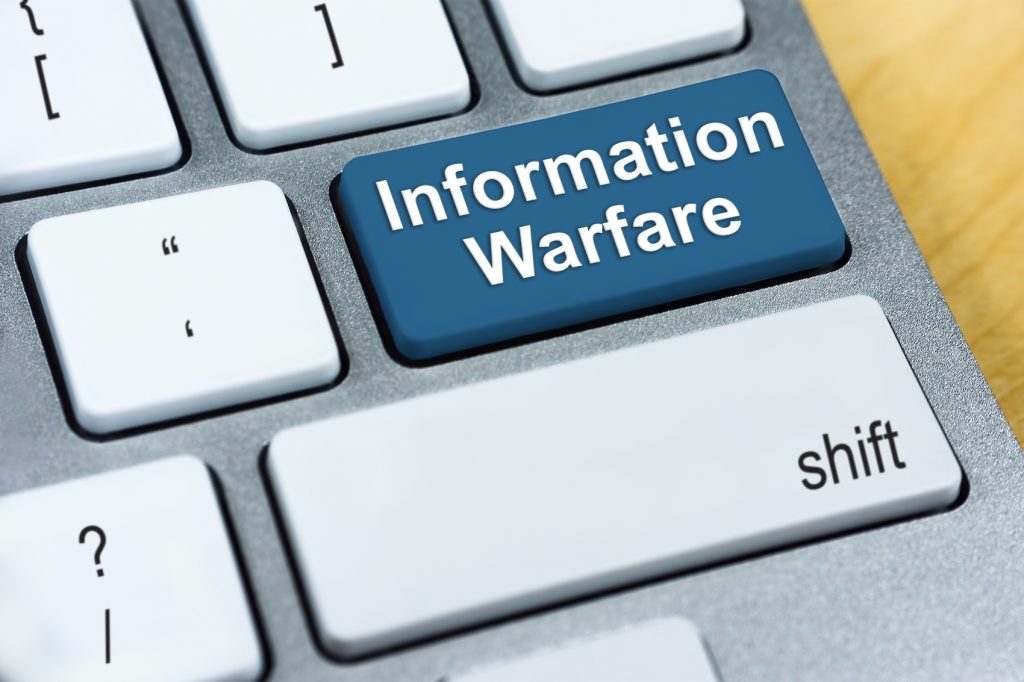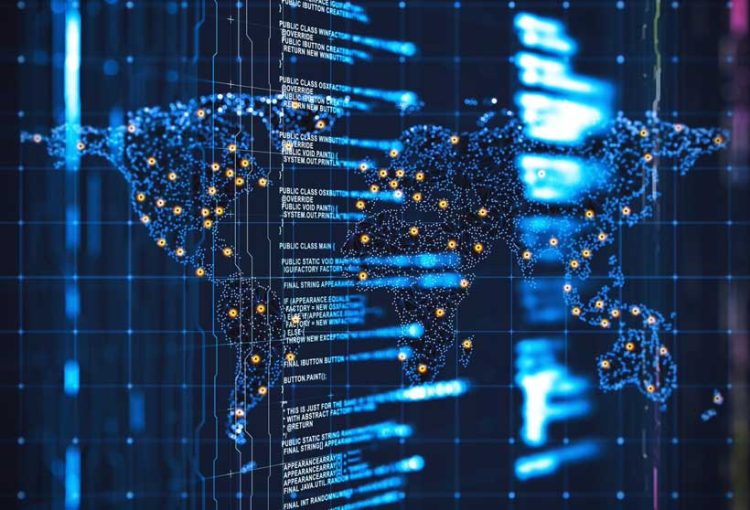I. Introduction: War Without Borders
In the 21st century, warfare has moved beyond physical battlefields. Modern conflicts increasingly unfold in the domain of information, where narratives, perception, and digital networks shape political, military, and social outcomes.
Unlike traditional warfare that relies on tanks or missiles, information warfare (IW) is fought with code, propaganda, disinformation, and cyber-operations—making it one of the most potent, yet least visible, forms of conflict.
II. Defining Information Warfare
Information warfare refers to the strategic use of information to influence, disrupt, or control the decision-making processes of adversaries while protecting one’s own.
Its components include:
- Cyber Operations: Disabling infrastructure, hacking databases, stealing secrets.
- Psychological Operations: Manipulating public opinion through social media campaigns or fake news.
- Electronic Warfare: Jamming or intercepting communication signals.
- Data Manipulation: Corrupting or falsifying datasets to mislead decision-makers.
III. Historical Evolution
- Cold War Era: Propaganda broadcasts and espionage defined early IW tactics.
- Post-9/11 Period: Non-state actors used online forums and encrypted messaging for recruitment and influence.
- Digital Age (2010s–present): Nation-states deploy coordinated social media manipulation, bot armies, and cyber-espionage at unprecedented scale.

IV. Key Case Studies
- 2016 U.S. Elections: Evidence of foreign influence campaigns using bots and targeted disinformation to polarize voters.
- Ukraine Conflict: Russia employed cyberattacks on power grids and spread narratives on social media to weaken resistance.
- COVID-19 Infodemic: False health information disrupted global responses and fueled mistrust in institutions.
V. Technology as a Force Multiplier
Emerging technologies have intensified the scope and reach of IW:
- Artificial Intelligence: Enables creation of deepfakes and automates disinformation campaigns.
- Big Data Analytics: Identifies target audiences for precision influence operations.
- Social Media Algorithms: Amplify polarizing content, often unintentionally aiding information attackers.
- Quantum Communication and Encryption: Future battlefield for securing or intercepting information flows.
VI. Ethical and Legal Dilemmas
- Blurred Lines Between Peace and War: IW often occurs below the threshold of armed conflict.
- Civil Liberties vs. Security: Countermeasures sometimes risk infringing on freedom of expression and privacy.
- Attribution Challenges: Identifying perpetrators in cyberspace remains complex, hindering accountability.
- International Law Lag: Existing frameworks like the Geneva Conventions are ill-equipped for digital-age conflicts.
VII. Building Resilience
Combating IW requires a multi-layered approach:
- Strengthening Cybersecurity: Protecting national infrastructure and data integrity.
- Public Awareness and Media Literacy: Educating citizens to detect manipulation and false narratives.
- International Cooperation: Sharing intelligence, harmonizing legal frameworks, and enforcing norms.
- Ethical AI Development: Ensuring algorithms do not become tools of disinformation.
VIII. Conclusion: The Future Frontlines
In the coming decades, the struggle over who controls information will be as consequential as battles for territory or resources. Societies that invest in resilience—technologically, socially, and institutionally—will be better equipped to defend democratic values and maintain stability in the face of invisible yet powerful attacks.
















































